‘Mononoke’, an Inventory of Strange Creatures
In this book, Shigeru Mizuki offers an artistic interpretation of these supernatural beings found in Japanese legends.
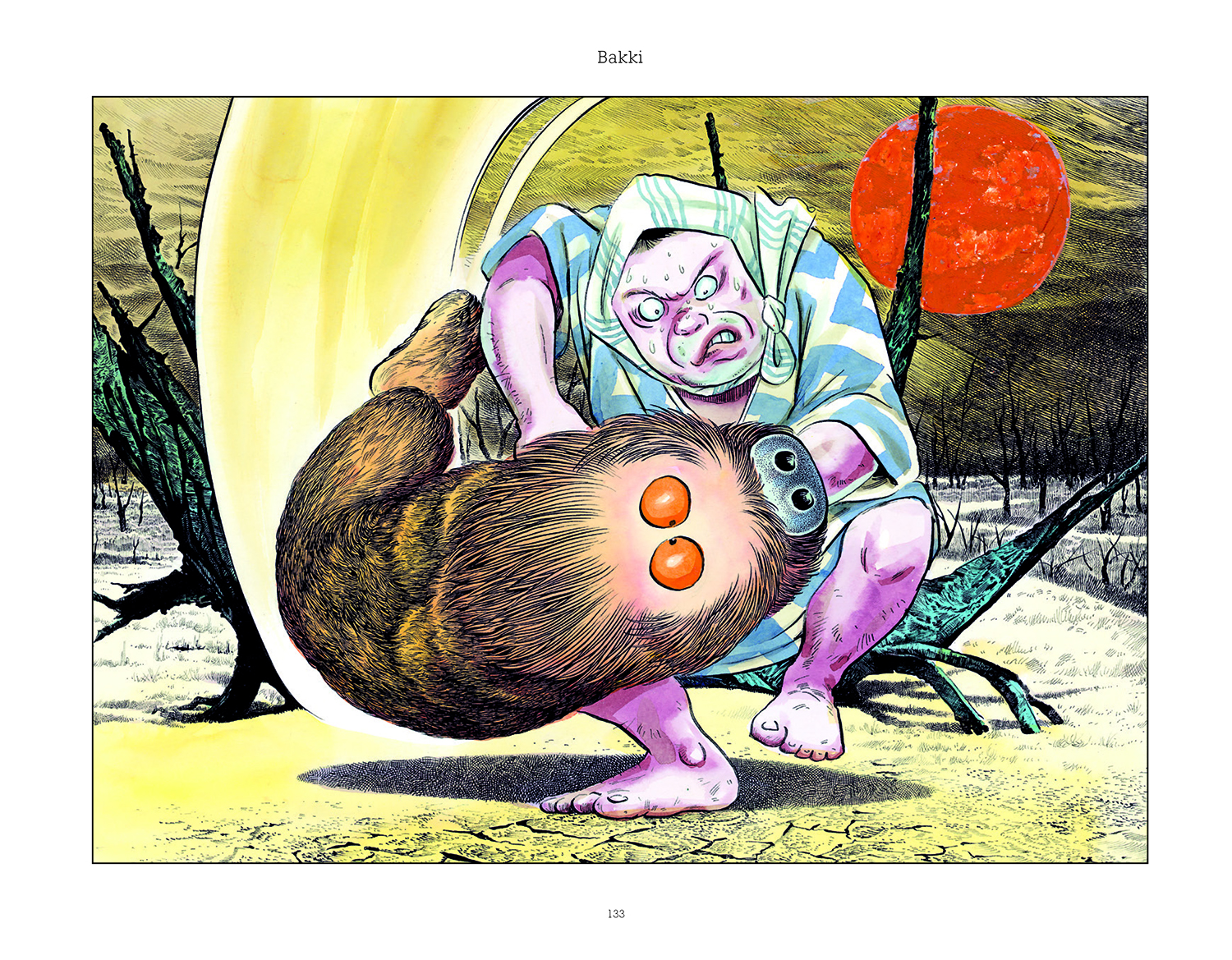
© Mizuki Productions / Cornélius 2021.
They are known as Bakki, Waira, Zan and Tenaga Baba, and they take the form of an ogre, a strange beast, a mermaid or a witch with white hair. Sometimes they live in lakes and sometimes in the depths of the forest, and other times they simply take up residence in people’s attics. These yokai, fantastical and supernatural creatures, are found in the tales and legends that have been passed down for centuries in Japan.
Although their exploits are told orally, some authors have sought to create visual portraits of them. First is the Bakemono zukushi, a long scroll dating from between the 18th and 19th centuries on which these creatures appear. This was followed in 1890 by a series of prints by Kyosai Kawanabe, entitled Night Parade of 100 Demons. Then came the work of Shigeru Mizuki, considered one of the leading modern authors involved in researching these creatures from folklore.
Shigeru Mizuki was born in 1922 in the small coastal town of Sakai Minato in Tottori prefecture. He was passionate about drawing, but the war scuppered his artistic ambitions as he was enlisted in the Imperial Army and joined the troops in Papua New Guinea, where he lost an arm and caught malaria. It was not until 1957 that he started working as a mangaka, with his childhood, popular culture and the supernatural world featuring prominently in his work. Shigeru Mizuki also founded and presided over Sekai Yokai Kyokai, an association for individuals fascinated by these Japanese spirits.
Depicting the invisible
After the book Yokai Daizukai, in which he imagined these creatures cut in half in order to depict their magical insides, Mononoke—which can be translated as ‘strange creatures’—is a book that is more similar to a collection. In it are drawings of most of these yokai, in colour and in black and white, with few having already had the opportunity to see them.
These many drawings are preceded by a long and precise introduction that situates the yokai in a historic and cultural dimension. The study may appear absurd, but is in fact not so. A considerable amount of research based on the work of Shigeru Mizuki has been conducted in recent years, and there is now a Chair of yokai at the University of Tokyo.
Mononoke (2021), a book by Shigeru Mizuki published by Cornélius (not currently available in English).
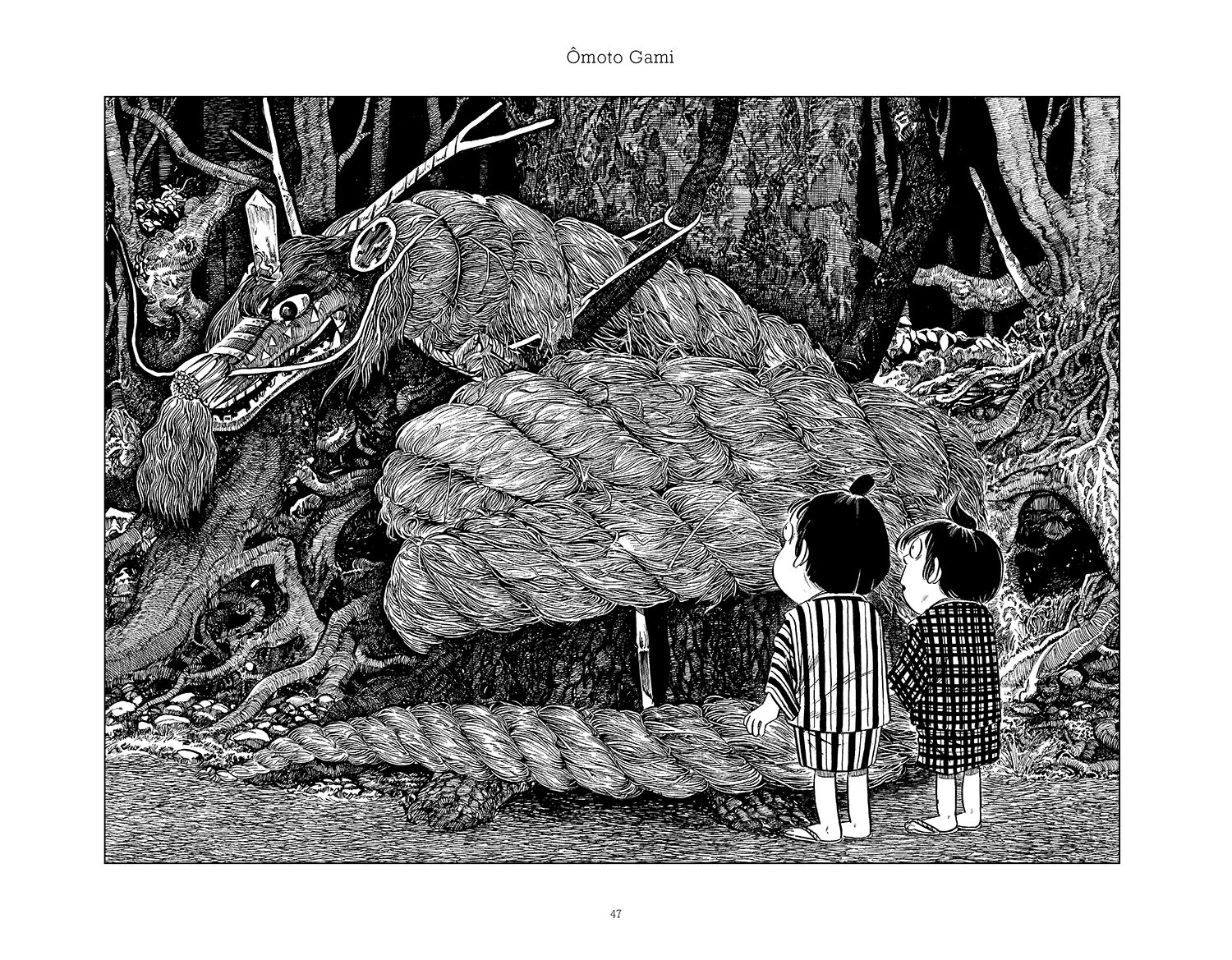
© Mizuki Productions / Cornélius 2021.
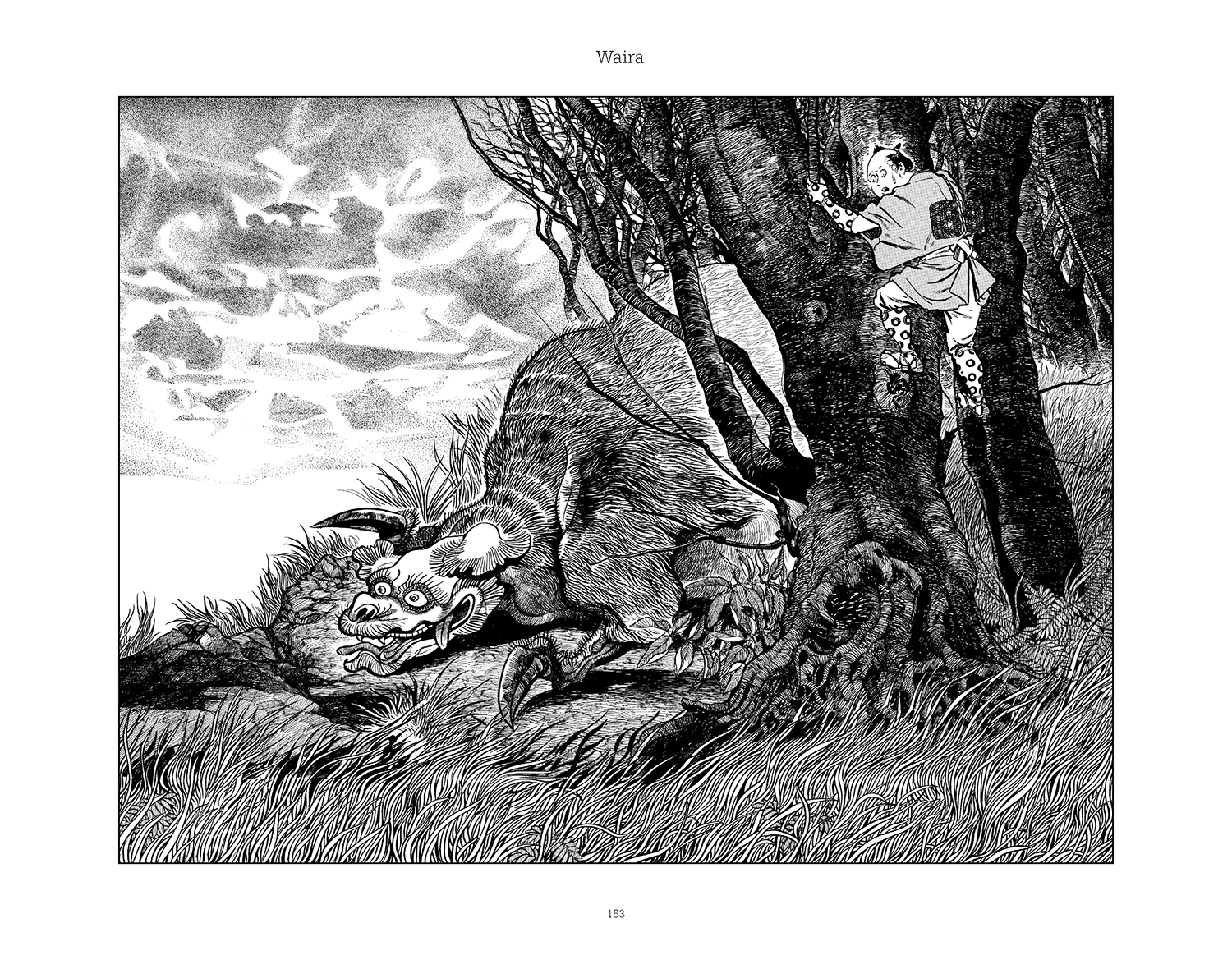
© Mizuki Productions / Cornélius 2021.
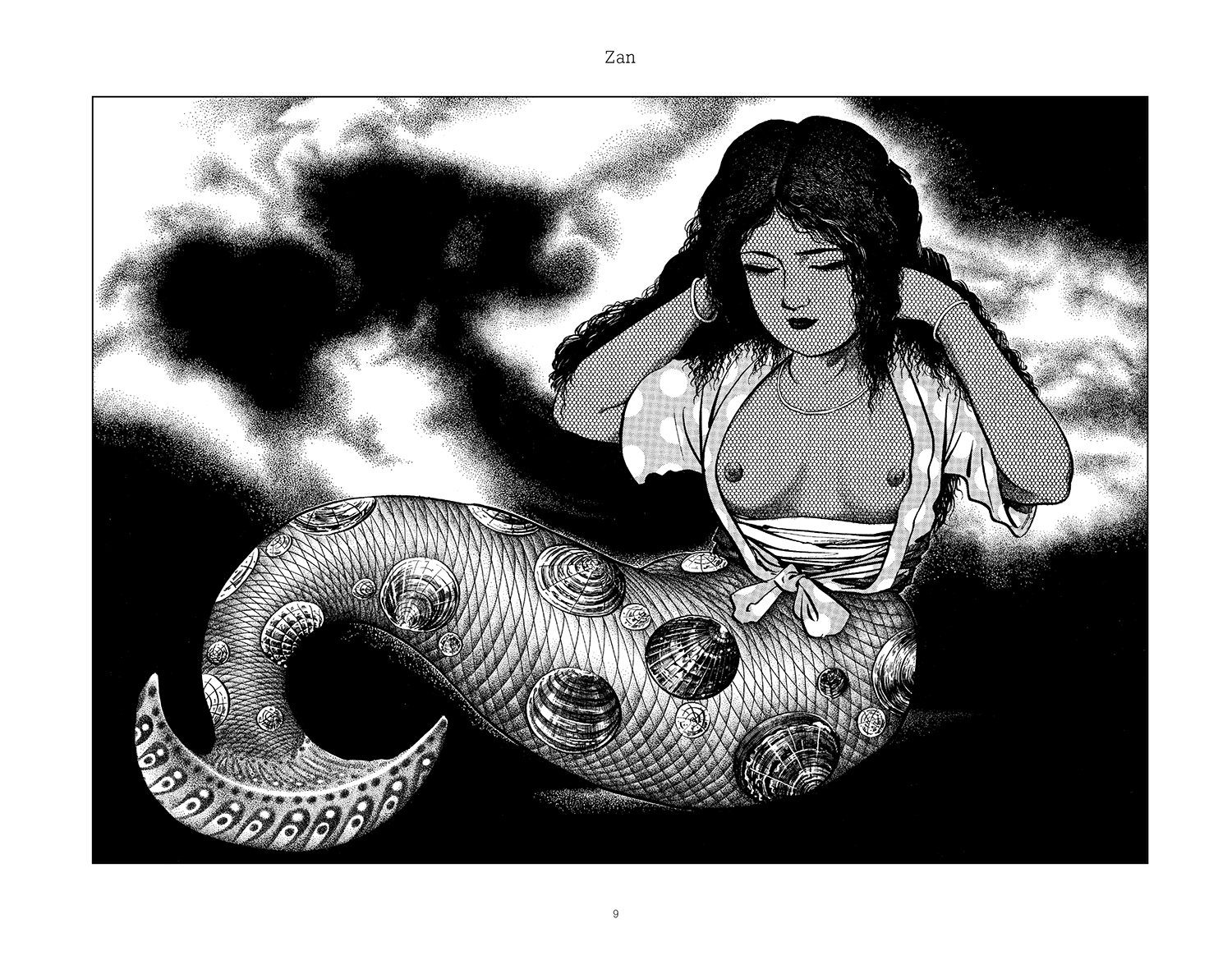
© Mizuki Productions / Cornélius 2021.
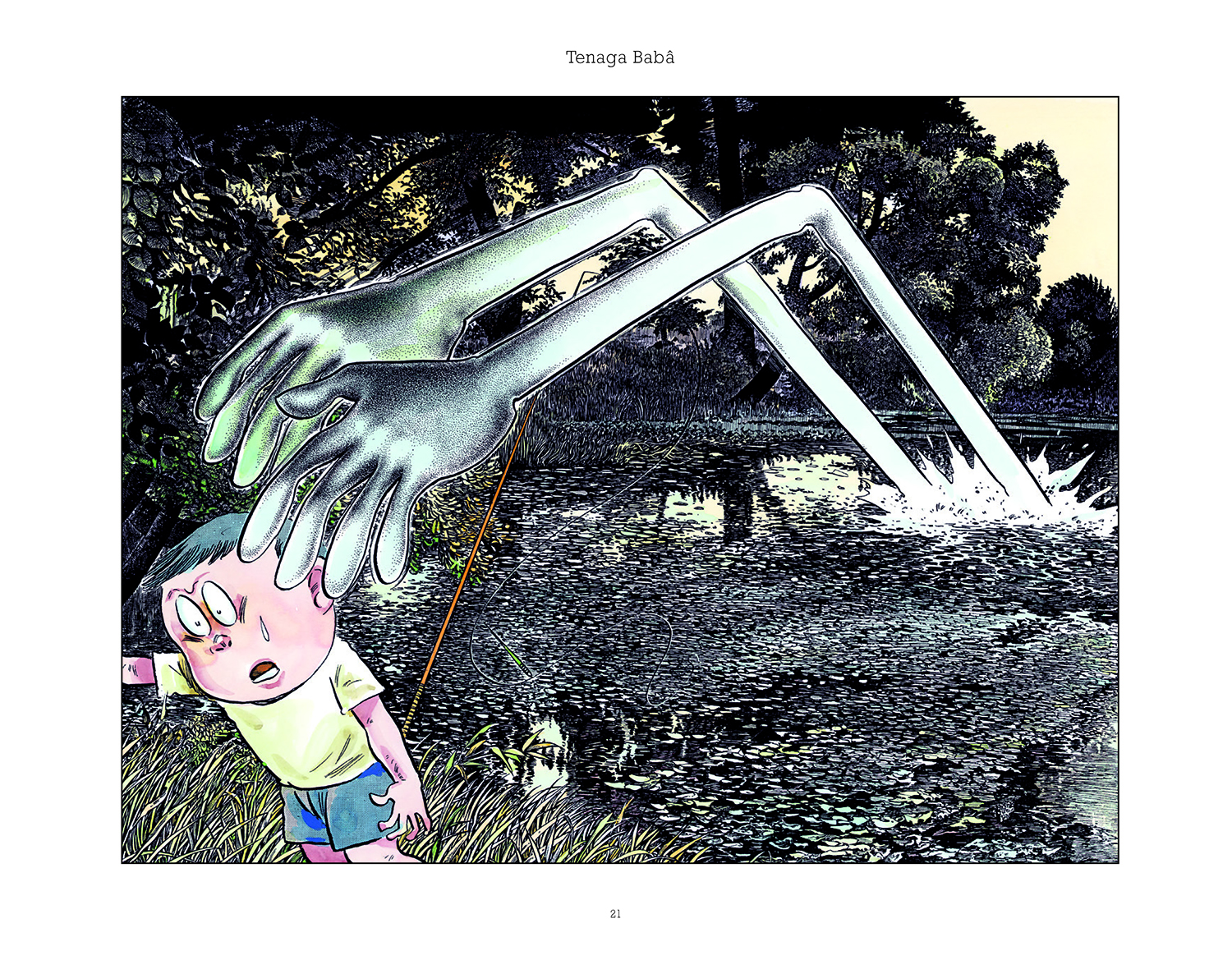
© Mizuki Productions / Cornélius 2021.
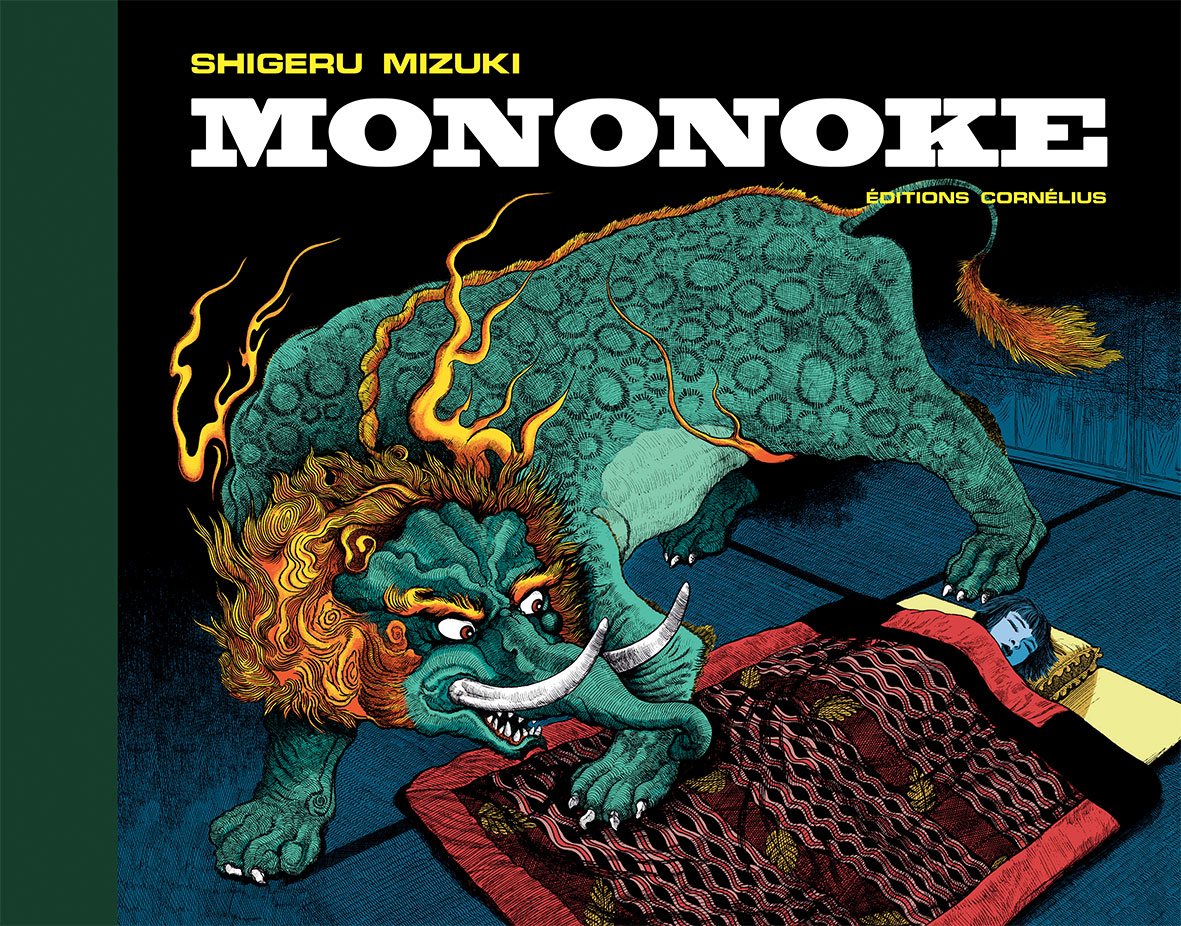
© Mizuki Productions / Cornélius 2021.
TRENDING
-
The Tattoos that Marked the Criminals of the Edo Period
Traditional tattoos were strong signifiers; murderers had head tattoos, while theft might result in an arm tattoo.

-
The Story of Sada Yacco, the Geisha who Bewitched Europe
Described by Dazed magazine as the first beauty influencer, she has been restored to her former glory since 2019.

-
Chiharu Shiota, Red Threads of the Soul
Last year, more than 660,000 people visited the retrospective 'Chiharu Shiota: The Soul Trembles' exhibit at the Mori Art Museum.

-
Japanese Left-field Pop From The CD Age, 1989-1996
‘Heisei No Oto’, a compilation of hidden gems in the unspoken depths of Japanese pop, reveal blissful moment of technological possibility.

-
‘Shojo Tsubaki’, A Freakshow
Underground manga artist Suehiro Maruo’s infamous masterpiece canonised a historical fascination towards the erotic-grotesque genre.





